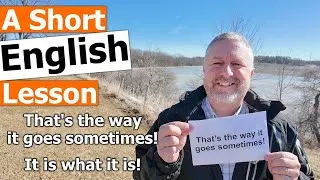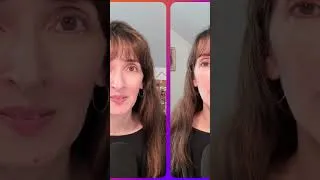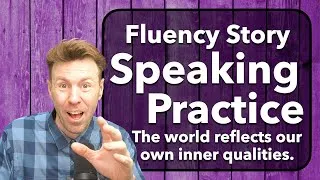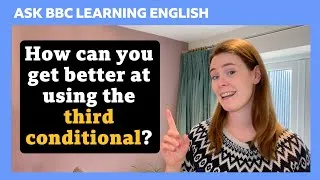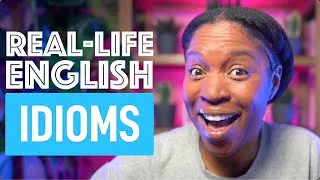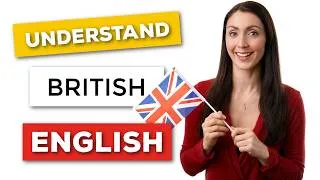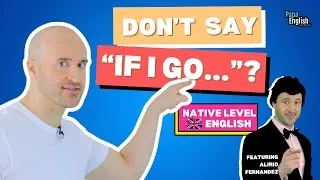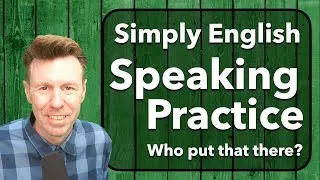English Grammar Course for Beginners Learn Basic English Grammar with Esther
1,016,421 views ・ 2021-10-12
Questo video non ha sottotitoli. Quando in futuro verranno creati dei sottotitoli, saranno pubblicati su questa pagina.
New videos
Original video on YouTube.com
Questo sito vi presenterà i video di YouTube utili per l'apprendimento dell'inglese. Vedrete lezioni di inglese tenute da insegnanti di alto livello provenienti da tutto il mondo. Fate doppio clic sui sottotitoli in inglese visualizzati su ogni pagina video per riprodurre il video da lì. I sottotitoli scorrono in sincronia con la riproduzione del video. Se avete commenti o richieste, contattateci tramite questo modulo di contatto.
